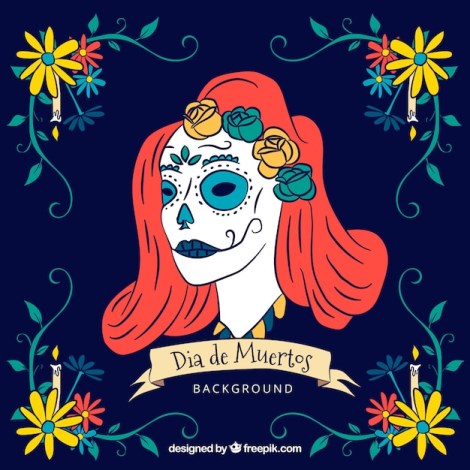Fascinating Facts About Frida Kahlo

Frida Kahlo was a Mexican painter known for her vibrant and symbolic self-portraits.
Frida Kahlo was born on July 6, 1907, in Coyoacán, Mexico City.
She began painting at a young age after a tragic bus accident left her bedridden for months.
Kahlo’s artwork often explores themes of identity, pain, and the female experience.
Frida Kahlo was married to the famous Mexican painter Diego Rivera.
Kahlo’s distinctive style blends elements of surrealism, folk art, and realism.
She was known for her iconic unibrow and bold choice of clothing, which challenged societal beauty norms.
Frida Kahlo’s work is celebrated for its emotional depth and raw honesty.
Her paintings often feature symbolic imagery, such as monkeys, flowers, and tears.
Kahlo’s artwork was heavily influenced by her personal experiences, including her health struggles and tumultuous relationship with Diego Rivera.
Frida Kahlo’s first solo exhibition took place in New York City in 19
She had a lifelong fascination with the culture and history of Mexico, which is often reflected in her paintings.
Kahlo was vocal about her political beliefs and was involved in leftist movements in Mexico.
She was the first Mexican artist to have her work displayed at the Louvre in Paris.
Frida Kahlo’s self-portraits often depict her wearing traditional Mexican clothing, showcasing her pride in her heritage.
She had a love for animals and often included them in her paintings, particularly monkeys and cats.
Kahlo’s artwork was not widely recognized during her lifetime, but has since become internationally celebrated.
Frida Kahlo had a tumultuous marriage with Diego Rivera, characterized by infidelity and periods of separation.
She underwent numerous surgeries and medical treatments throughout her life, which inspired many of her paintings.
Kahlo’s physical and emotional pain is evident in her self-portraits, which often depict her with a wounded or bandaged body.
She was known to incorporate elements of Mexican muralism into her artwork, inspired by Rivera’s influence.
Kahlo developed a fascination with Mexican folklore and mythology, which she used as inspiration in her paintings.
Frida Kahlo’s artwork continues to inspire and influence contemporary artists around the world.
She was an outspoken advocate for women’s rights and gender equality.
Kahlo’s painting The Two Fridas is considered one of her most iconic works, representing her dual nature and conflicted emotions.
She had a strong interest in indigenous Mexican cultures and often incorporated indigenous symbols and motifs in her work.
Frida Kahlo’s self-portraits are considered some of the most recognizable and influential works in art history.
Despite her physical limitations, Kahlo was a passionate and active participant in the art world, attending exhibitions and socializing with other artists.
She was influenced by European artists such as Pablo Picasso and Salvador Dalí, but maintained a distinct and unique artistic voice.
Kahlo’s paintings often contain surreal elements, blurring the line between reality and imagination.
Frida Kahlo’s artwork is characterized by rich and vibrant color palettes, reflecting her Mexican heritage.
She once said, I paint my own reality, emphasizing the personal and autobiographical nature of her work.
Kahlo’s paintings often explore themes of identity and the intersection of Mexican and European cultures.
She was an avid collector of traditional Mexican folk art, which influenced her artistic style.
Kahlo’s artwork often confronts traditional notions of femininity and challenges societal expectations placed on women.
She was a trailblazer for female artists, breaking barriers and paving the way for future generations.
Frida Kahlo’s self-portraits are considered a form of self-expression and catharsis, allowing her to explore her own emotions and experiences.
She had a deep connection with nature and frequently incorporated natural elements, such as flowers and animals, in her paintings.
Kahlo’s work often embodies the concept of duality, depicting both pain and beauty, life and death.
She used her artwork as a form of self-empowerment and self-healing, expressing her emotions and reclaiming her own narrative.
Frida Kahlo’s paintings often depict intimate and personal moments, allowing viewers to glimpse into her inner world.
She once said, I am my own muse, highlighting her strong sense of self and autonomy in her artistic practice.
Kahlo’s artwork is filled with symbolism, inviting viewers to interpret and delve into deeper meanings.
She continues to inspire generations of artists and serves as a symbol of resilience and perseverance.
Frida Kahlo’s legacy as an artist and feminist icon remains strong, with her paintings continuing to captivate and inspire people around the world.